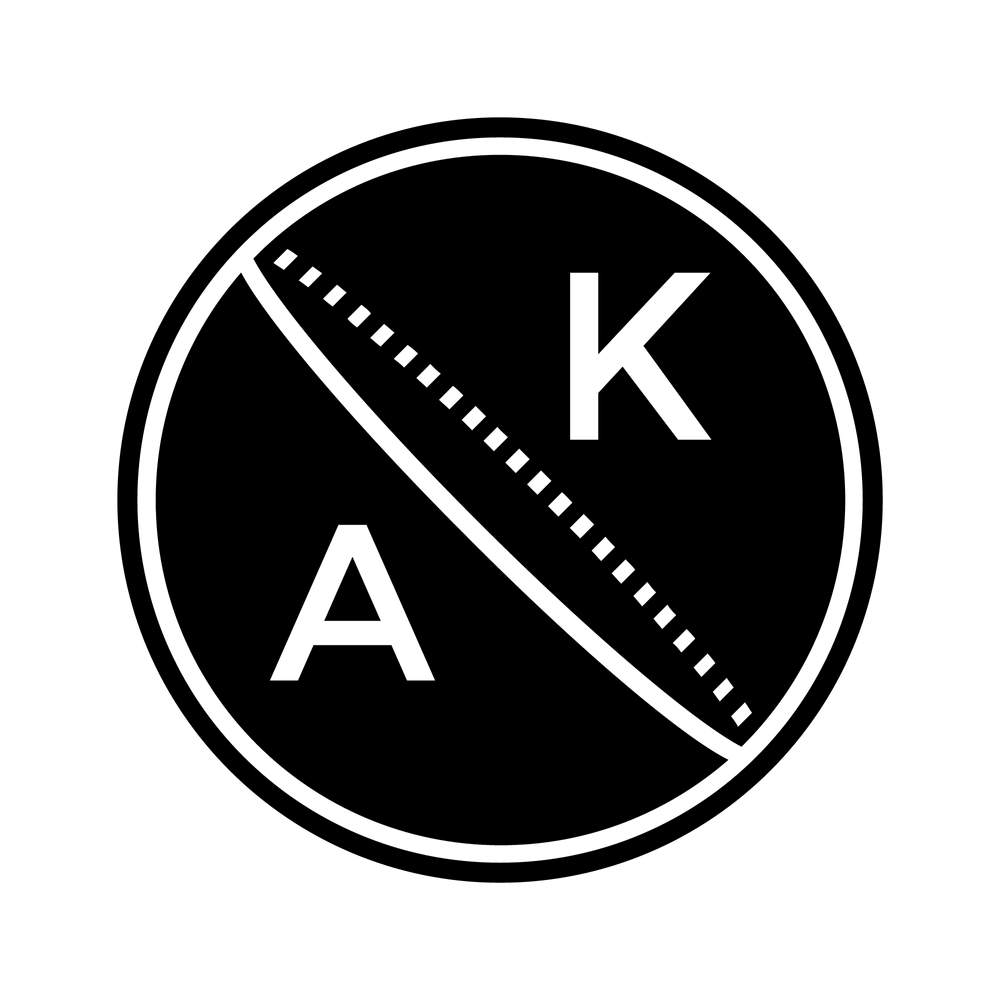Some Context.
The Canon 1D was the first professional level digital camera developed exclusively by the Canon camera corporation. It was released to the public in November of 2001 for a price of $6,499. Canon’s first digital camera, the D2000, was a collaboration between Panasonic and Kodak but lacked the usability or professional features of the later 1D series. The body of this camera takes much of its design and button placement from the Canon 1V film camera. The camera was groundbreaking at the time for its speed, reliability, durability, and customizability. It remains a cult hit to this day for its unique feature set and user experience. This review will attempt to put into words my admiration for the Canon 1D classic.
The Design.
The camera features a unique 4.1 megapixel CCD sensor. As opposed to the CMOS sensors of today, the CCD sensor delivers amazing skin tones and colors and film like grain patterns at higher ISO values. This low resolution combined with the relatively large APS-H (1.3x 35mm crop) sensor equates to a pixel pitch of 10.0 microns. To put this in context, my main camera the Sony A7 has a pixel pitch of 5.97 microns. The super high resolution Canon 5DS-series pushes this number down to just 4.14 microns. The result of these “fat-pixels” means this CCD sensor renders images with unique quality and depth. You will see some sample photos at the end of this review.
Of note is the fact that the camera's resolution of 2,464 x 1,648 pixels gives it a lower horizontal resolution than my main computer the retina 13” MacBook Pro (2560 x 1600). This is an ideal resolution for online publishing, however it leaves little room for cropping, encouraging you to get your composition correct in camera.
The Ergonomics.
The first thing you will notice when picking up the body is the shear weight. Thankfully, I find the standard and vertical grip to be very comfortable for long periods of shooting. The main controls for aperture and shutter speed and focus point selection are easy to find, although many auxiliary features are difficult to access. You see, a feature of all 1D cameras, even today’s 1Dx Mark II, is the three weather sealed buttons to the left of the viewfinder. These are used to control the shooting mode, AF mode, metering, flash compensation, ISO, drive mode, and bracketing through pressing one or two buttons simultaneously. With time you will master the control of these functions by feel, however, they require the use of your left hand in an awkward position which is not ideal if you are using longer lenses.
In the newer 1D series cameras, Canon has relocated the ISO control to a button on the right side near the shutter button so that you can press the button then rotate the main control dial all without moving your right hand from its shooting position. This omission is a relic of the film days when this control was only touched when switching to a new roll of films of a different speed. In the digital era, this control is much more of a priority.
On a related note, I dislike the fact that the viewfinder display blacks out when changing ISO. The means I have no idea what the ISO value is, which is especially critical in this low ISO camera.
Features.
It’s a nice touch that you can illuminate both LCD displays. A cool blue light illuminates both which is useful for low light shooting conditions. The rear LCD can be set to display ISO, but I have customized mine to show the total shots remaining on the card. By default this real LCD screen shows the White Balance setting and the file format. It's always set to RAW.
Memory cards are a unique experience in the Canon 1D. Unlike many pro cameras of today, the 1D only has one memory card slot. The camera will accept larger CF cards, but will only write to a 1GB partition. This equates to about 360 shots in RAW. The buffer clears at an average pace, holding about 17 shots before slowing down. With the camera shooting at 8 frames per second, you can get a little bit more than 2 second bursts. The shutter is loud, but well damped. You certainly feel it firing, but it doesn't introduce any instability, likely because the camera is so heavy.
Autofocus performance is excellent. It uses a 45 point autofocus system with points well distributed around the viewfinder. I prefer to set the system to just 11 points which makes it easier to navigate to the desired point more quickly. This camera lacks the joystick or directional pad of newer camera's autofocus systems, so you have to use a combination of the main and sub-command dials to move the point around.
ISO Image Quality Tests.
Test shots starting at base 200, moving to 400, 800, 1000, 1600, and 3200 (HI). Click on each image for larger view.
Dynamic Range/Over (Under) Exposure Test.
Under and Over exposure tests. Images in this series are processed how I process my images normally, using my custom presets. Click on each image for larger view. Note the banding in the underexposed image (center) and the relative cleanness of the overexposed image (right). This camera does not handle underexpose or shadow recovery very well. You must expose to the right (overexpose) to get clean images regardless of ISO.
Image Samples.
“Old wood best to burn, old wine to drink, old friends to trust, and old authors to read”
Conclusions.
You will love this camera. It's simple, and provides an unmatched shooting experience. Every click of the shutter is pleasing to the ear and delivers great quality images for the low megapixel count. You can pick up a second hand Canon 1D classic for between $200 and $400 for one in pristine condition. These things are tanks and will last for a longtime. Get yours while they're still available.







